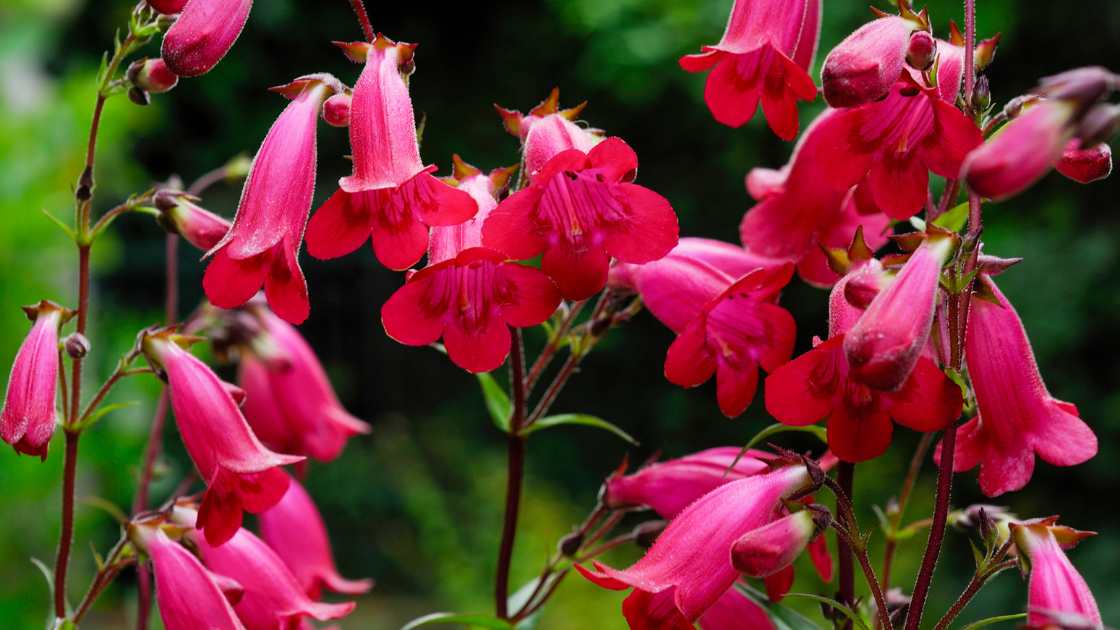Veronica, also known as speedwell, is a beautiful perennial flower that adds a burst of color to any garden. To ensure its long-lasting blooms and encourage healthy growth, deadheading is a crucial maintenance task. In this comprehensive guide, we will walk you through the process of deadheading Veronica, providing you with the knowledge you need to keep your plants thriving. So grab your gardening gloves and let’s get started!
Understanding Deadheading
Deadheading is the process of removing spent flowers from plants. By doing so, you prevent the plant from diverting its energy into seed production and encourage the growth of new blooms. Deadheading not only promotes a longer flowering period but also helps maintain the plant’s overall appearance and vitality.
Timing is Key
Timing plays a crucial role in the success of deadheading Veronica. The best time to deadhead is when the flowers have begun to fade and wither, but before they have a chance to produce seeds. Typically, this occurs in the late spring or early summer, after the initial blooming period.
Gather Your Tools
Before you begin deadheading Veronica, gather the necessary tools. These include a pair of clean, sharp pruning shears or handheld scissors and a bucket or bag to collect the dead flowers. It’s important to use clean tools to prevent the spread of diseases among your plants.
Identify the Spent Flowers
Inspect your Veronica plant for flowers that have started to fade. Look for blooms that have lost their vibrant color and begun to wilt. These are the flowers you will be deadheading.
Locate the Leaf Nodes
The next step is to locate the leaf nodes on the stem. Leaf nodes are the points on the stem where the leaves emerge. You will be making your cuts just above these nodes, as this is where new growth will occur.
Cut with Precision
Using your pruning shears or scissors, make clean cuts just above the leaf nodes. Aim to remove the entire faded flower head without damaging the healthy foliage or emerging buds. Be mindful of the angle of your cuts, as cutting too close or too far from the leaf nodes can impact the plant’s growth.
Dispose of the Dead Flowers
After deadheading, collect the removed flowers and dispose of them properly. Adding them to a compost pile is an eco-friendly option, as long as they are free from any signs of disease. Alternatively, you can discard them in your green waste bin.
Encourage New Growth
Once you have finished deadheading, provide your Veronica plant with the care it needs to promote new growth. Water the plant deeply and regularly, ensuring the soil remains moist but not waterlogged. Consider applying a balanced fertilizer to provide the plant with essential nutrients for healthy blooms.
Repeat Deadheading as Needed
Deadheading is not a one-time task. As your Veronica plant continues to bloom, repeat the process of identifying spent flowers and removing them above the leaf nodes. Regular deadheading throughout the flowering season will help prolong the blooming period and keep your plant looking its best.
FAQs
Why is deadheading important for Veronica plants?
Deadheading is essential for Veronica plants because it promotes prolonged blooming and encourages healthy growth. By removing spent flowers, you prevent the plant from diverting energy into seed production. This redirects the plant’s resources towards producing new blooms, resulting in a more vibrant and long-lasting display of flowers.
Can I use regular scissors instead of pruning shears for deadheading Veronica?
While it is possible to use regular scissors for deadheading Veronica, it is recommended to use pruning shears. Pruning shears provide a cleaner cut and are specifically designed for cutting through thicker stems. Clean cuts are important to minimize damage to the plant and reduce the risk of disease or infection. If you do not have pruning shears, make sure your scissors are sharp and clean before using them.
How often should I deadhead my Veronica plants?
The frequency of deadheading Veronica plants depends on the blooming pattern and the rate at which the flowers fade. Typically, Veronica plants have a prolonged blooming period that lasts several weeks. It is advisable to deadhead them regularly throughout the flowering season. Check your plants every few days and remove faded flowers just above the leaf nodes. Regular deadheading not only maintains the plant’s appearance but also encourages new growth and ensures continuous blooming.
Conclusion
Deadheading Veronica is a simple yet effective practice that can make a significant difference in the health and appearance of your plants. By understanding the timing, using the right tools, and following proper techniques, you can encourage continuous blooms and maintain a vibrant garden throughout the season. So, take some time to deadhead your Veronicas, and enjoy the rewarding results of a flourishing and beautiful display of flowers.




